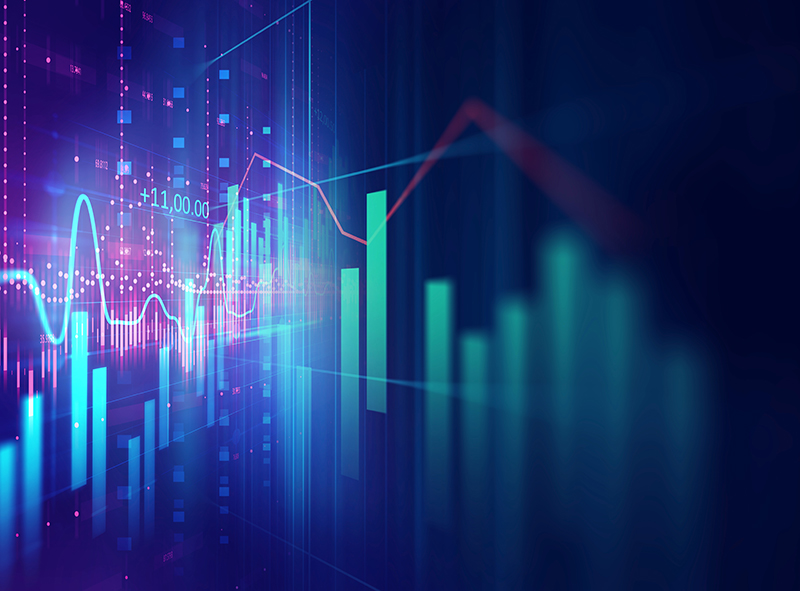Maximizing Your Organization’s Technology Investments: The Video Analytics and Surveillance Use Case

From city governments and law enforcement agencies to educational and healthcare institutions and retailers, organizations are embracing technology and digital transformation. Innovation in automation, the Internet of Things (IoT), artificial intelligence (AI) and combinations of these and other technologies, are helping businesses evolve and grow by increasing productivity and efficiency. In this post, we’d like to offer three tips for maximizing your investments in technology, using the example of video surveillance and analytics to demonstrate how diverse organizations and cross-company functions can gain value from existing infrastructure in new ways.
Identify Big Data Sources and Leverage Them
It’s no secret that big data is more than a big buzzword. But many organizations don’t actually internalize this and find ways of leveraging or mining the critical insight being generated by their existing systems. By evaluating IT investments, determining what legacy solutions should be upgraded and considering new ways to harness existing technologies, organizations can identify digital data sources within their technology stack and utilize it for optimization.
Typically, companies and agencies rely on video surveillance for security monitoring and as evidence in post-event investigations. These diverse organizations often understand that video is a powerful source of intelligence but face the challenging choice of whether to invest the time and manpower in reviewing video. Furthermore, organizations tend to focus solely on the security or investigative value of video intelligence, whereas the digital data extracted could be used in other meaningful ways that could impact other divisions of the organization, as well.
Video analytic technology offers solutions to both these challenges. Based on artificial intelligence and deep learning techniques, video content analysis extracts objects detected in video, identifies, classifies and indexes them and, thus, transforms the data into searchable, actionable and quantifiable intelligence. For forensic applications, the ability to quickly search and filter video minimizes the manpower and time needed to pinpoint suspects, understand the video content and collect evidence.
Proactively Prevent Solutions from Becoming Siloed
Beyond security, the ability to visualize data into BI dashboards, track trends and trigger alerts when anomalous behavior is identified, enables businesses to share information that other divisions may find useful. Enterprises – and even small organizations – need to be careful not to approach their technological investments myopically. When seeking out new solutions and auditing existing ones, companies need to consider how solutions can be used broadly, by as many internal business groups as possible.
Video surveillance is a fixture for retail environments, for instance. However, this infrastructure is often used exclusively by the security and law enforcement functions within the organization for proactive loss prevention, security enablement and post-event response and investigation. Many retailers don’t realize how the same video data that security can use to maintain order can be a powerful asset for the brand marketing and merchandising managers, enabling them to for maximize store layout and navigation. Identifying patterns; uncovering consumer and visitor preferences and tendencies; streamlining movement and interactions and detecting and planning for contingencies, are just some examples of how video data can be leveraged across retail organizations beyond the security and loss prevention divisions.
Seek out Comprehensive Platforms with Broad Applications
When organizations decide to invest in new systems or upgrade old ones, it is crucial for them to consider systems which brings value to multiple business groups. For instance, when a large university in the United States decided to embark on an extensive construction project and considered the technologies that could maximize their efficiency, they sought out a comprehensive platform that could provide meaningful data intelligence across their organization. They integrated a video analytic system with the goal of better understanding traffic trends throughout their campus – tracking congestion on the roads leading to the campus; public transit efficiency in, out and within the campus; alternate forms of transport used on campus; parking availability and locations; pedestrian navigation trends and more. Using insights about how campus facilities were used and traversed, the university’s internal urban planning can be informed and optimized by business intelligence.
The same solution and data, can be used by security and law enforcement to detect risks, respond in emergencies and investigate on-campus crime across the university’s extensive grounds. With thousands of people living, studying, visiting and working on the campus, the ability to streamline security monitoring and response is critical. The organization credits its video content analytics system with providing intelligence that serves its broad set of stakeholders, helping solve a variety of diverse business, operational and security challenges.
Of course, technology is a moving target. Even systems, such as video surveillance cameras – which have been used for years – evolve and demand organizations to change with them. It’s not easy for large organizations to transform their infrastructure investments, but by evaluating ways to expand upon existing investments and maximize their value across the organization critically enables these businesses to gradually transform and keep pace with industrial revolution.
